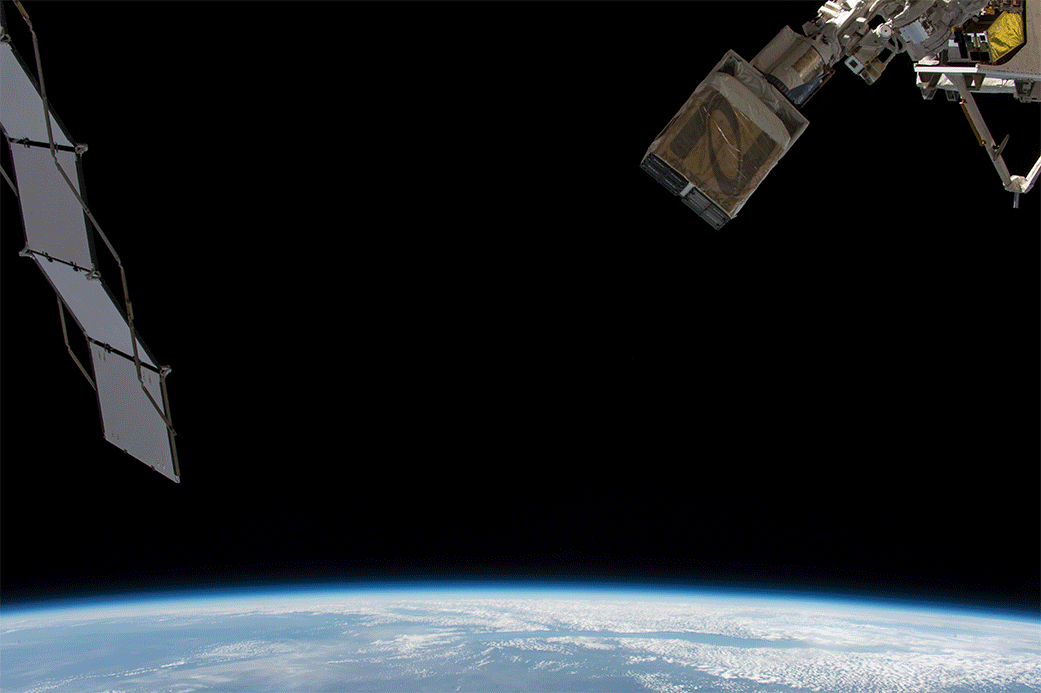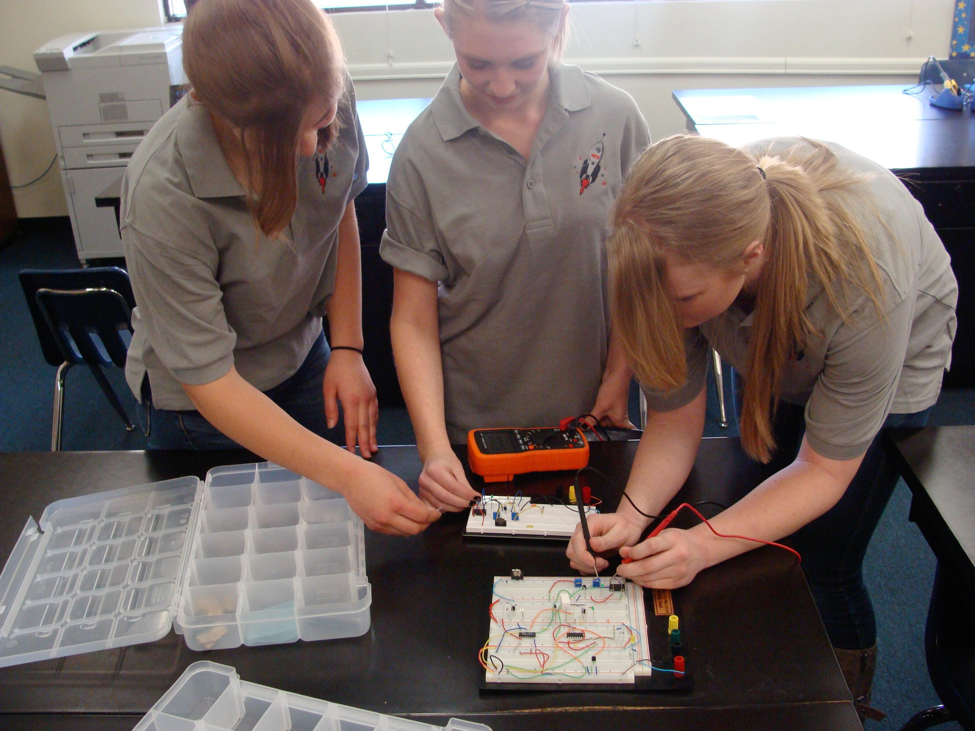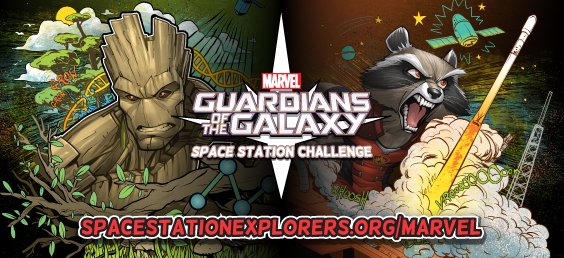We’re beyond excited to be part of the Guardians of the Galaxy Space Station Challenge in partnership with Marvel and CASIS. This competition will provide two 13-18-year-old students the opportunity to design an experiment to be performed on the International Space Station (ISS). To enter, choose either Team Groot or Team Rocket, and use either character’s super-heroic abilities as the inspiration for your out-of-this-world project. Of course, there are some awesome project ideas that you can submit for either team, but we have to admit: we’re all about #TeamRocket.
A submission for Team Rocket is a submission to test your very own experiment in technology development or materials innovation. What does that mean? With Team Rocket, you can program hardware, test metals or other materials in the unique microgravity environment of the ISS for use on Earth or in space, or develop satellite technology that can deploy from the ISS!

DreamUp students have sought answers to an essential question of our time: How can we further humanity’s reach in space? This challenge is your opportunity to join this pursuit. How will you become part of scientific history? Here are a couple of examples of student research to inspire your quest to join Team Rocket.
Students from Riverside Christian High School researched how the performance of battery technology changes in microgravity.

Batteries are ubiquitous both on Earth and in space, providing power to technology such as medical devices, satellites, and spacecraft. Long-term spaceflight will require countless battery-dependent technological adaptations and innovations. As a result, scientists are continuously investigating how to improve batteries for use in space, and this student NanoLab experiment contributed to this body of research. Read more about their investigation here.
An experiment from Los Gatos High School students investigated the corrosion and conductivity of iron in microgravity. Iron is the most widely used metal on Earth, and you can find it in machinery, automobiles, the structural components of buildings, and more. Therefore, this student investigation helps future space colonists determine how best to construct a habitat to support life outside of Earth. Watch their video to learn more, and read more here.
A project submission for #TeamRocket is a submission to join the quest to further humanity’s reach outside the bounds of Earth’s atmosphere. Are you ready to take on the challenge?
Enter the Guardians of the Galaxy Space Station Challenge by January 31.

